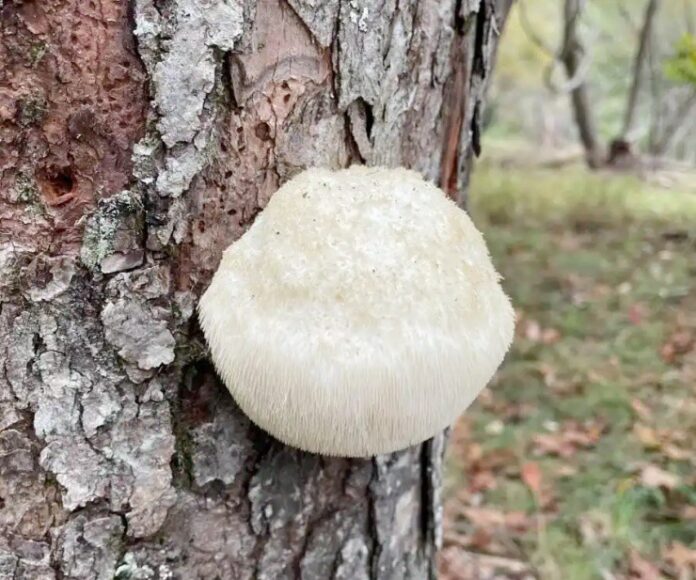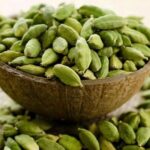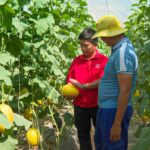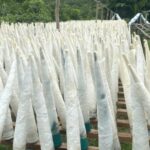The Golden Treasure from Decaying Tree Trunks
If you spot this strange-looking fungus growing on decaying wood, rejoice! For you have stumbled upon the prized Lion’s Mane mushroom, a rare and economically valuable find.
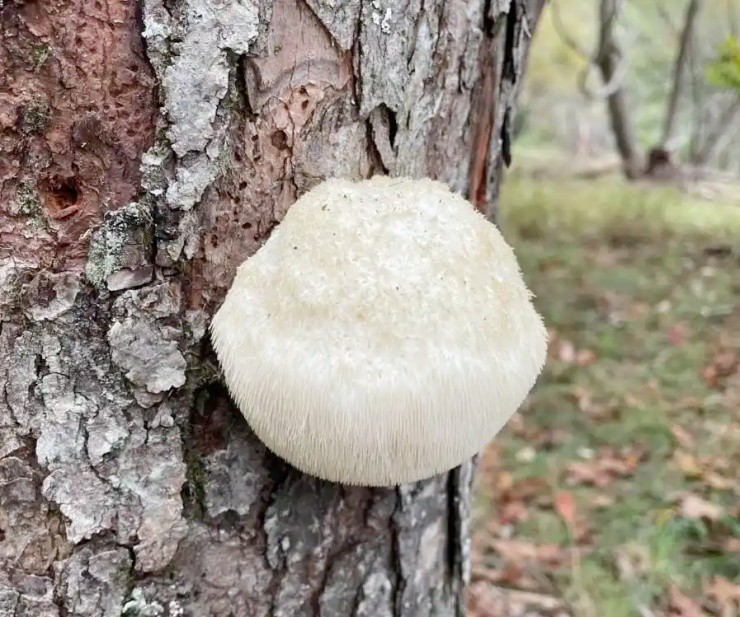
Lion’s Mane mushrooms are found in many countries and have been successfully cultivated in Vietnam, Japan, South Korea, and China. They are a temperate fungus, thriving in cool climates with temperatures ranging from 16-20°C.
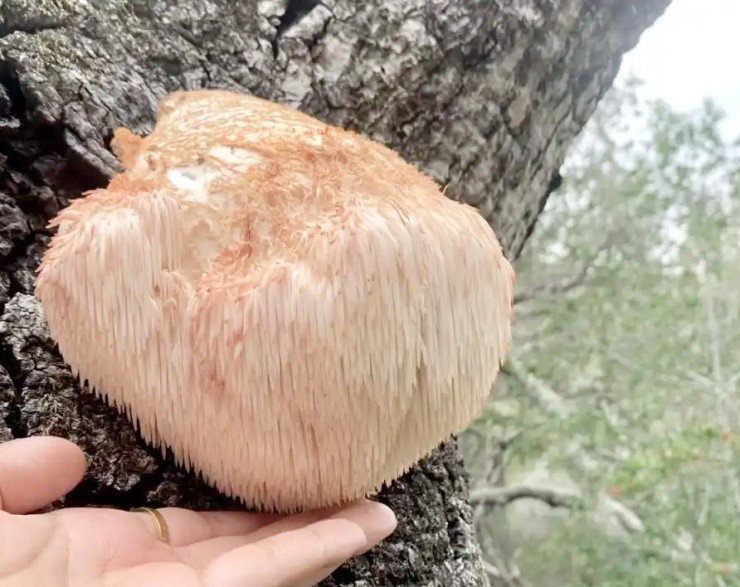
These mushrooms are white or ivory in color, resembling a ball the size of an infant’s fist with many dangling tendrils. As they age, they turn yellow or dark yellow, and the tendrils resemble fur, giving them a resemblance to a long-tailed monkey, hence their name Lion’s Mane (or “monkey head” in Chinese).
Lion’s Mane is a precious medicinal herb. In China, dried wild Lion’s Mane can fetch a price of 1,200 – 1,600 CNY (4.2 – 5.6 million VND)/kg. In Vietnam, the price ranges from 1.85 – 3 million VND/kg depending on quality and seller, with the most expensive being freeze-dried Lion’s Mane.
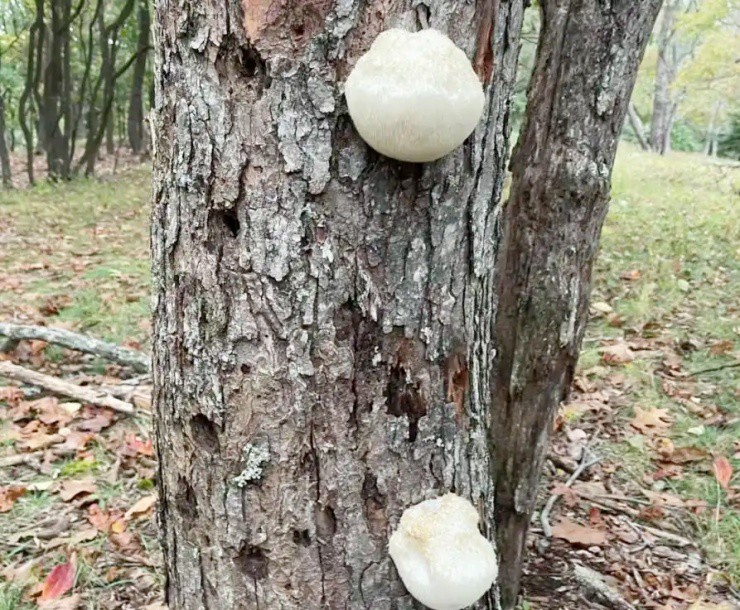
According to Japanese professor Mizuno’s research, Lion’s Mane is rich in minerals and vitamins, providing essential nutrients for the body. It also contains high levels of unsaturated fatty acids, which help prevent cardiovascular disease and cancer. Additionally, this miraculous herb contains Ge, a rare metal with anti-cancer properties.
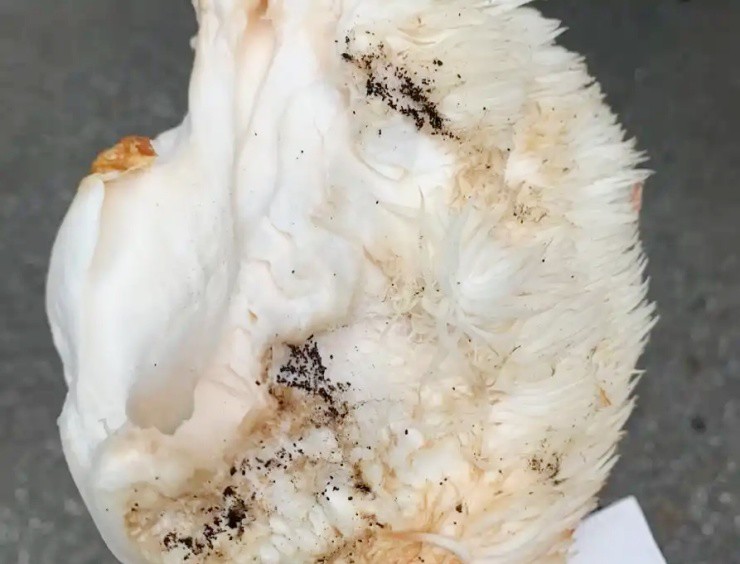
Other nutrients found in Lion’s Mane include vitamins B1 and B2, high levels of iron, calcium, and potassium, and low levels of fat and energy, making it suitable for those on a diet. Dried Lion’s Mane can be used to treat asthenia, indigestion, insomnia, chronic gastritis, and benefits the five internal organs.
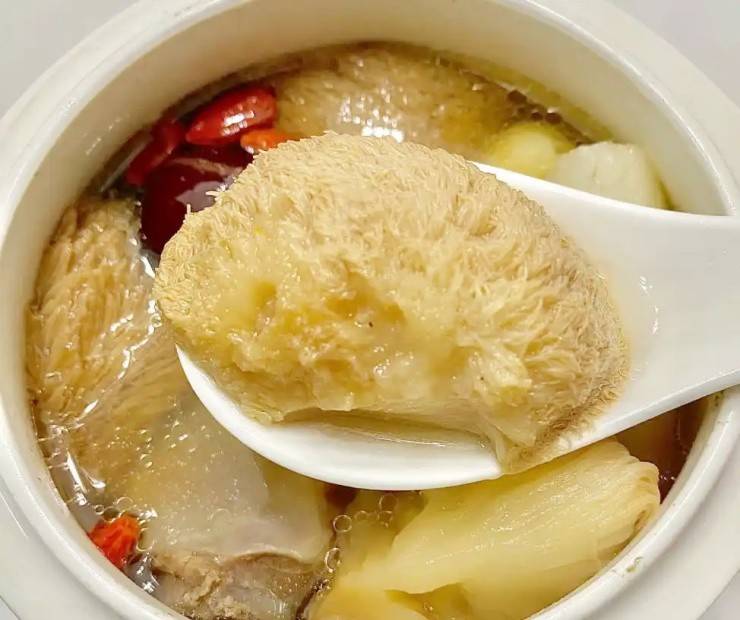
In China, the Lion’s Mane harvest season falls in autumn, usually from September to October. The Chinese have traditionally used Lion’s Mane as a culinary ingredient, preparing it as a nutritious soup. It is believed to have been a culinary delicacy since the Shang Dynasty. It is said that the Qing Dynasty’s Emperor Qianlong and Empress Cixi adored Lion’s Mane, even preferring it over bird’s nest or bear’s paw.
Lion’s Mane has a slightly bitter taste but exudes a strong, pleasant mushroom aroma. It can be braised with chicken or pork ribs to create a delicious dish.
Harvesting Lotus Seeds: A Lucrative End-of-Season Windfall
From the end of June, lotus farmers in Hoang Dao commune, Hoang Hoa district, Thanh Hoa province, begin their lotus seed harvest, reaping significant financial rewards with daily earnings of millions of Vietnamese Dong.

